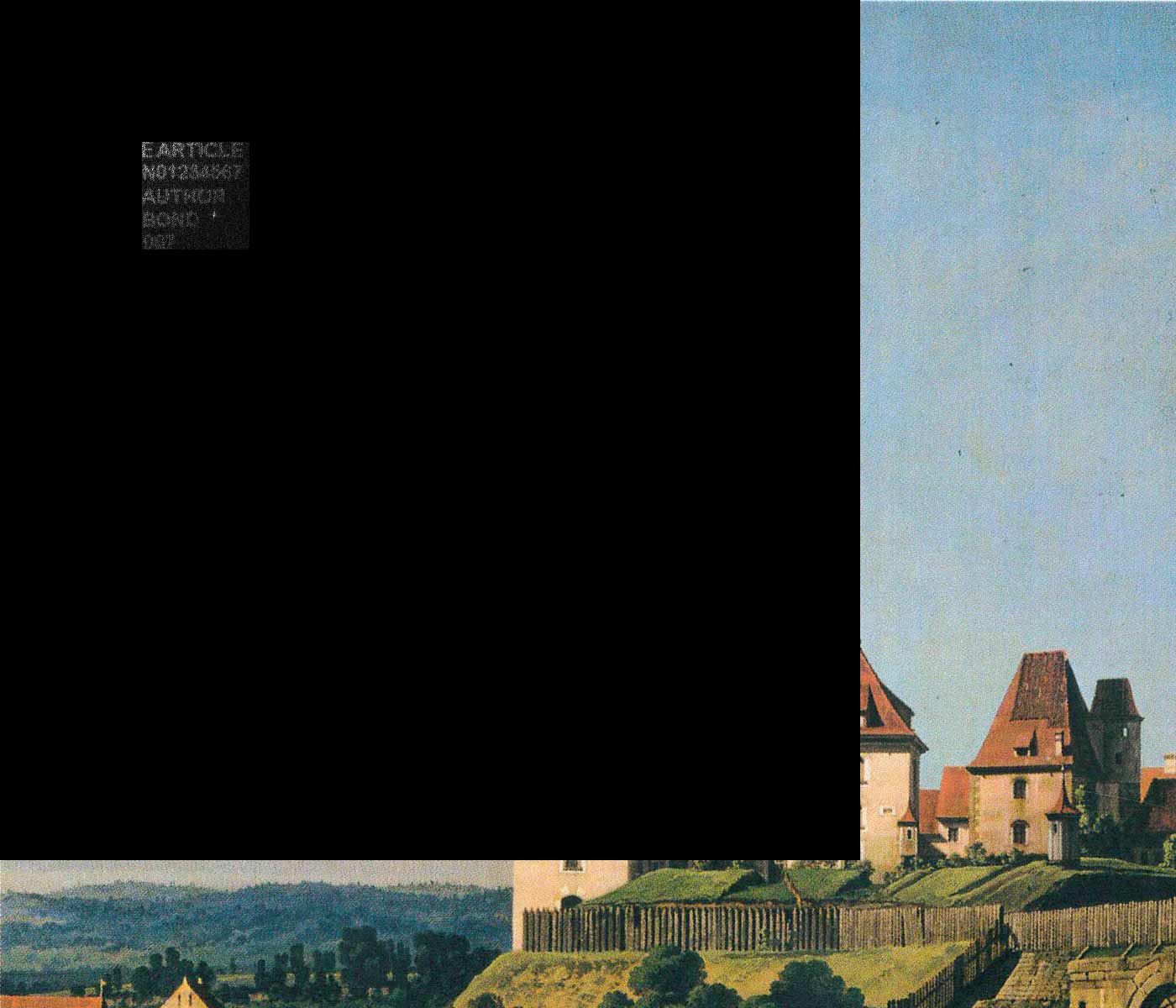
Fig.1. Recovery option hidden watermark (HWM) from the picture the container on the canvas (after printing and photographic). The fragment has 100% scale. The "wave" of the hologram is not visible.
The size of the original container 2070x2047 pixels if dpi=300, size of binary HWM 128x128 pixels, the spatial carrier k1=170 ==> 3.92[1/mm], the amplification factor of b=350. The photographic resolution of 600 dpi.
In the reconstructed signal HWM noticeable drop in contrast from the upper left corner to the periphery region. The fall associated with a reduced frequency-contrast characteristics (or MTF) tract canvas + photographic.
Slight increase in the ratio b will improve the contrast of the HWM. The increase in the ratio b and size of the HWM is limited to the manifestation of conspicuity "waves" of the hologram.
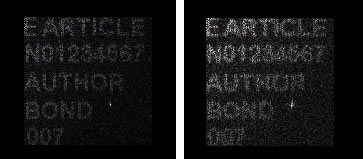 a)
a)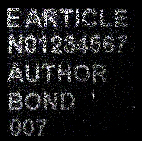 b)
b)
Fig.2a,b A couple (2a) variants (realizations) of the recovery of the HWM from the picture container in addition to Fig.1. On Fig.2b shows the result of posterior stretching of the dynamic range (SDR).
The Bright spots in the region of the HWM due to a side range of canvas texture.
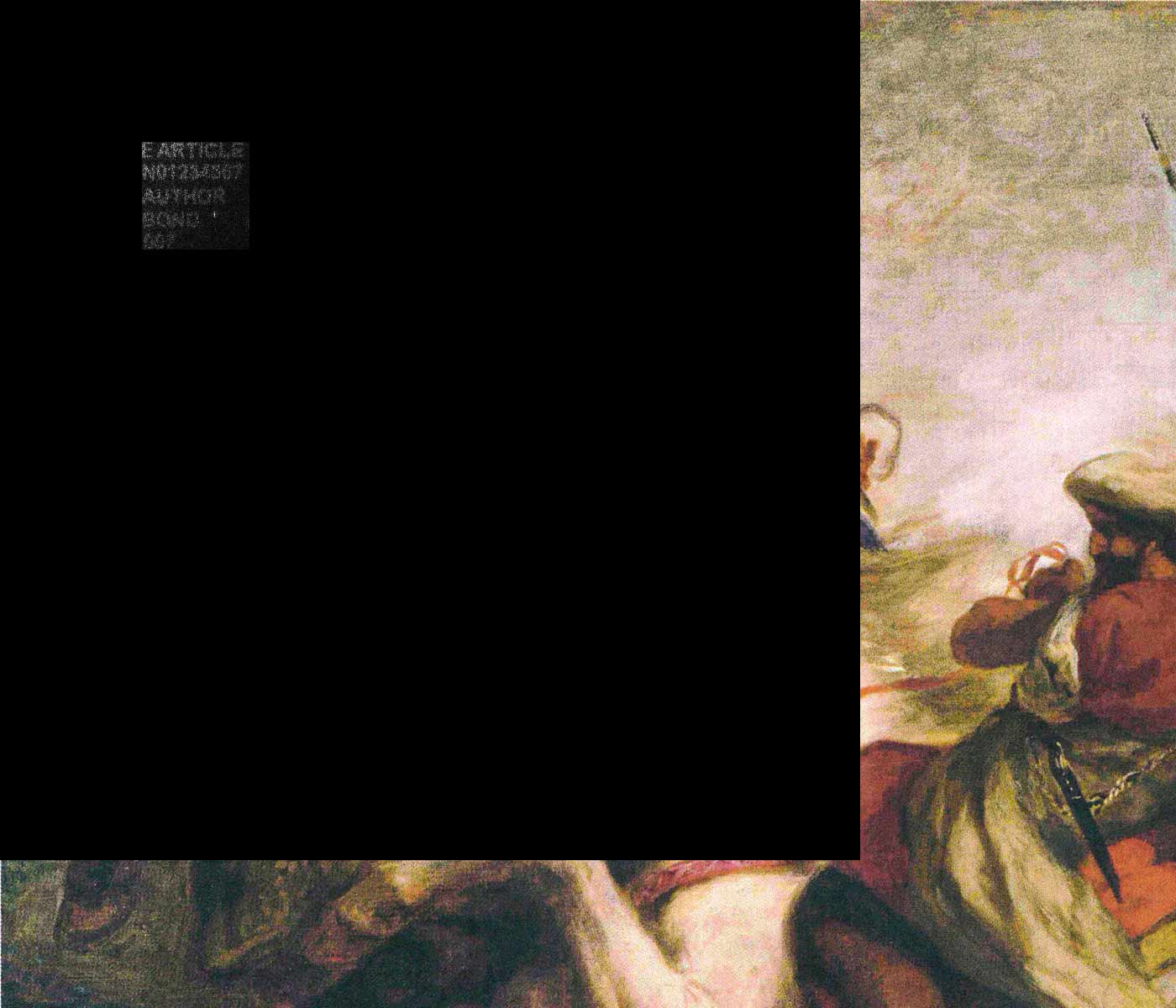
Fig.3 Recovery option HWM from the picture the container on the canvas (after printing and photographic). The fragment has 100% scale. The "wave" of the hologram is not visible, 300dpi.
the size of the original container 2539x2047 pixels if dpi=300, size of binary HWM 128x128 pixels, the spatial carrier k1=170 ==> 3.92[1/mm], the amplification factor of b=350. The photographic resolution of 600 dpi.
In the reconstructed signal HWM also a noticeable drop in contrast from the upper left corner to the periphery region.
 a)
a)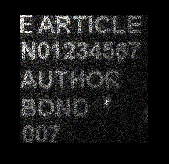 b)
b)
Fig.4a,b Several (2a) implementations, recovery of HWM from the picture container in addition to Fig.3. On Fig.4b shows the result of a posteriori SDR.
Bright spots in the region of the HWM due to a side range of canvas texture. Trasformata side harmonic texture of the canvas has coordinate (~256,~256), which corresponds to ~ 5.9[1/mm].
transformant Boundary region is equal to 298 and HWM corresponds to ~6.87[1/mm].

Fig.5 A fragment of the container with HWM on canvas, after printing and photographic. Binary HWM size 128x128 pixels, a spatial carrier k1=170 ==> 3.92[1/mm], the amplification factor of b=450.
Resolution of 600dpi, 100% size, visible "wave" of the hologram.
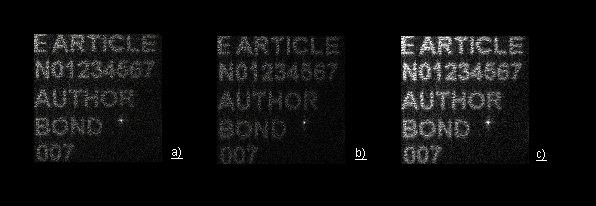
Fig.6a,b The implementation of the recovery HWM from picture-container for Fig.5. The coordinates of the sample from the container is arbitrary. On Fig.6s shows the result of adding implementations of Fig.6a and Fig.6b.
Light spot due to the harmonic texture of the canvas.

Fig.7 A fragment of the container with HWM on canvas, after printing and photographic. Binary HWM size 128x128 pixels, a spatial carrier k1=170 ==> 3.92[1/mm], the amplification factor of b=450.
Resolution of 600dpi, 100% size, the "wave" of the hologram is not visible.
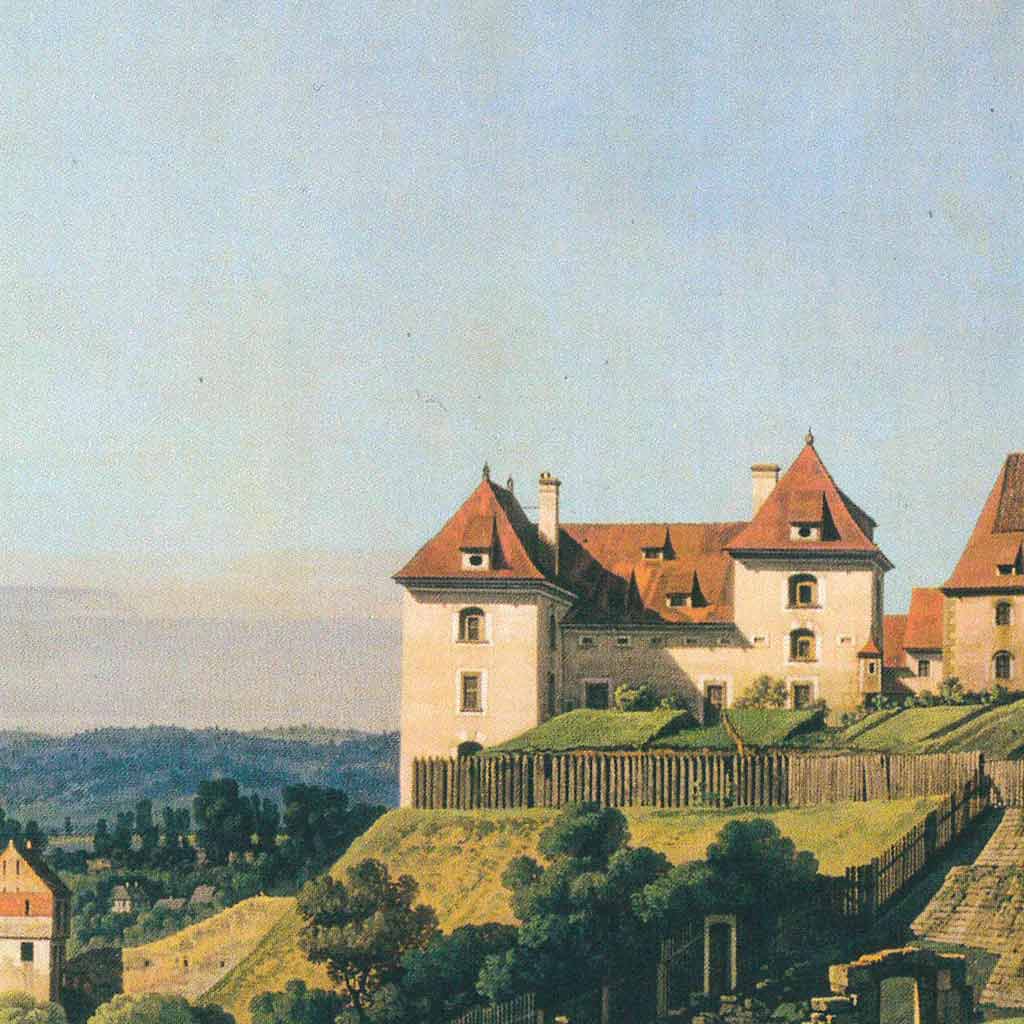
Fig.8 Фрагмент контейнера с СВЗ на холсте, после печати и фоторегистрации. Размер бинарного СВЗ 128x128 пикселов, пространственная несущая k1=170 ==> 3.92[1/mm], коэффициент усиления b=450.
Разрешение 600dpi, масштаб 100%, "волна" голограммы не просматривается.
.jpg)
Fig.9a,b The implementation of the recovery HWM from picture-container for Fig.7 and Fig.8. The coordinates of the sample from the container is arbitrary. First, cut out a 2048x2048 area, then driven to 300dpi - 1024x1024 pixel.
Fig.9s shows the result of additive processing: generating implementations Fig.9a and Fig.9b.
Light spot due to the harmonic texture of the canvas.
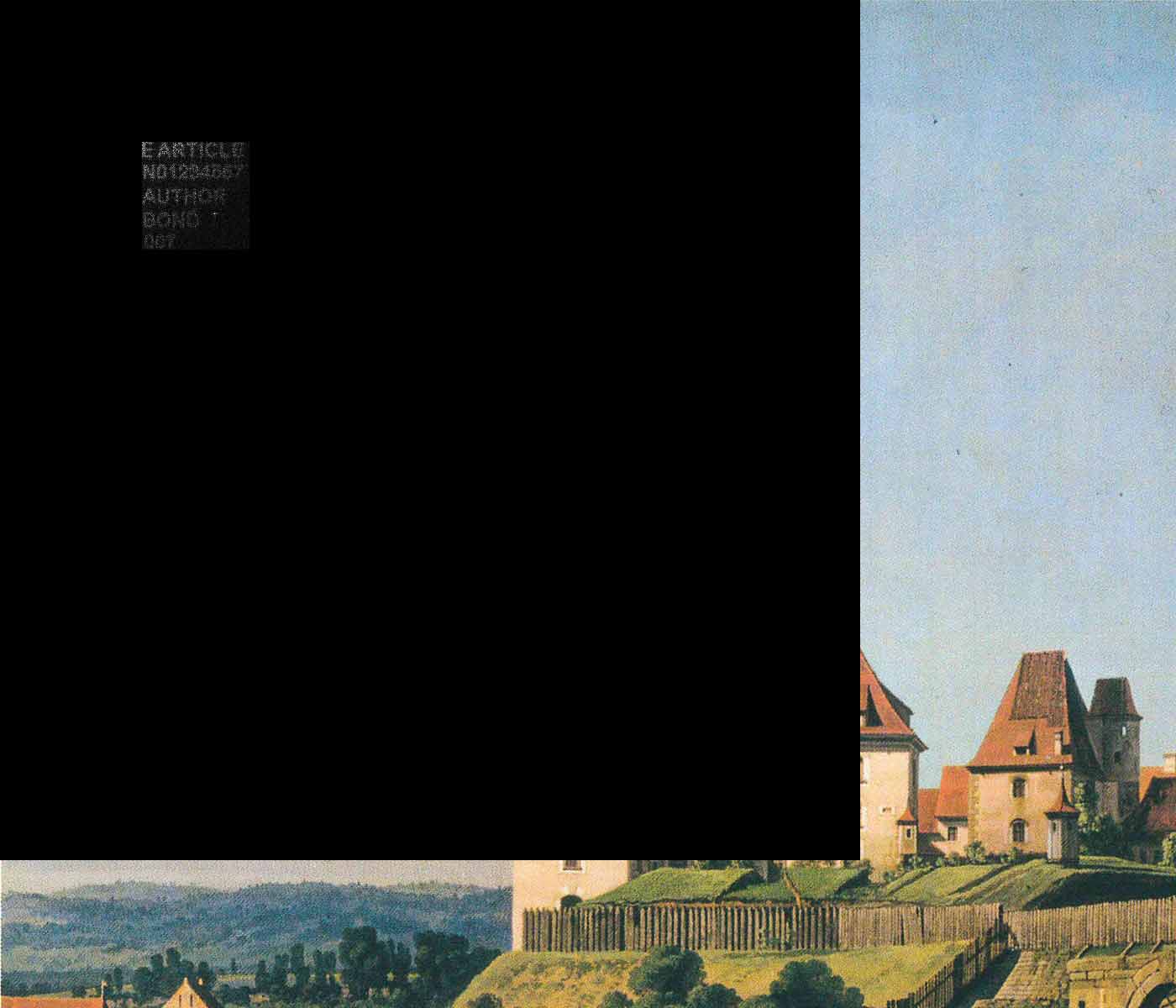
Fig.10 The Example of the recovery of HWM from the full images container. Binary HWM size 128x128 pixels, a spatial carrier k1=170 ==> 3.92[1/mm], the amplification factor of b=450.
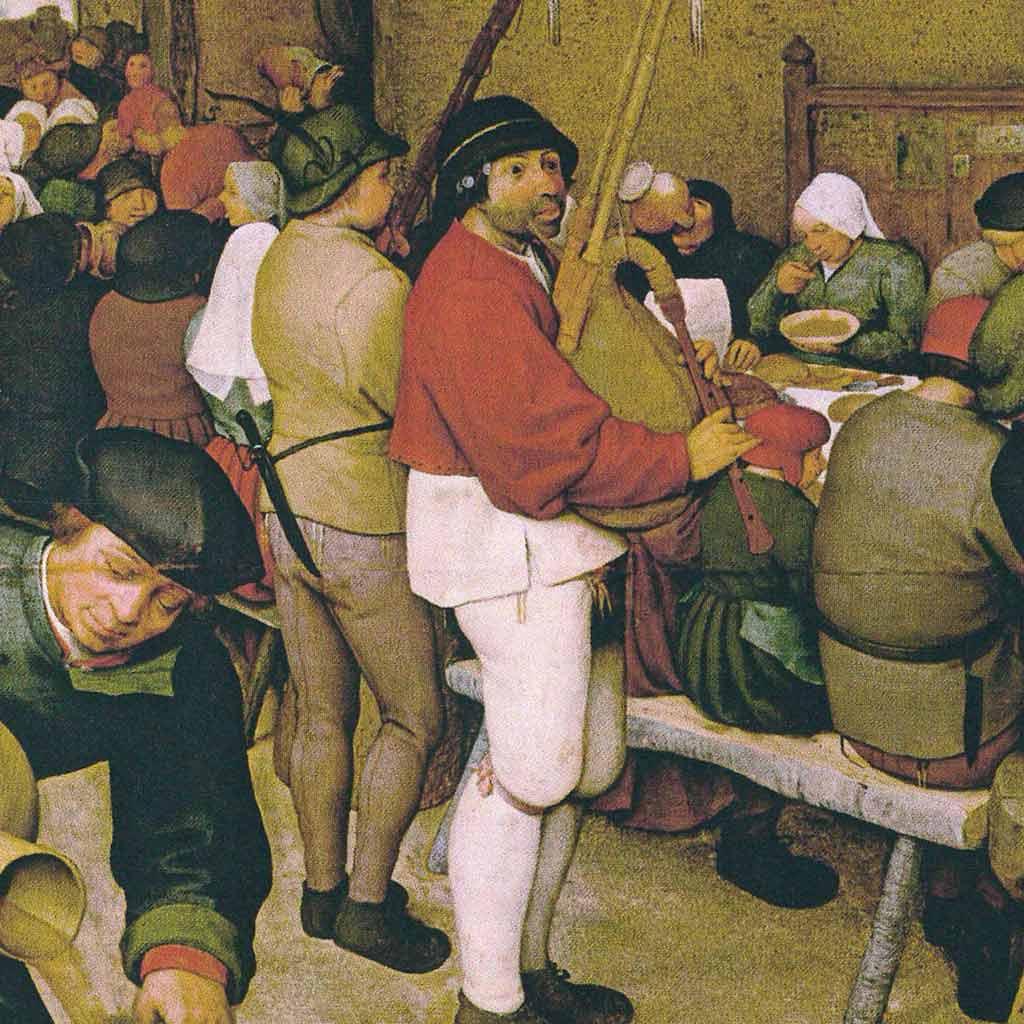
Fig.11 A fragment of the container with HWM on canvas, after printing and photographic. Binary HWM size 128x128 pixels, a spatial carrier k1=170 ==> 3.92[1/mm], the amplification factor of b=450.
Resolution of 600dpi, 100% size, the "wave" of the hologram is not visible.
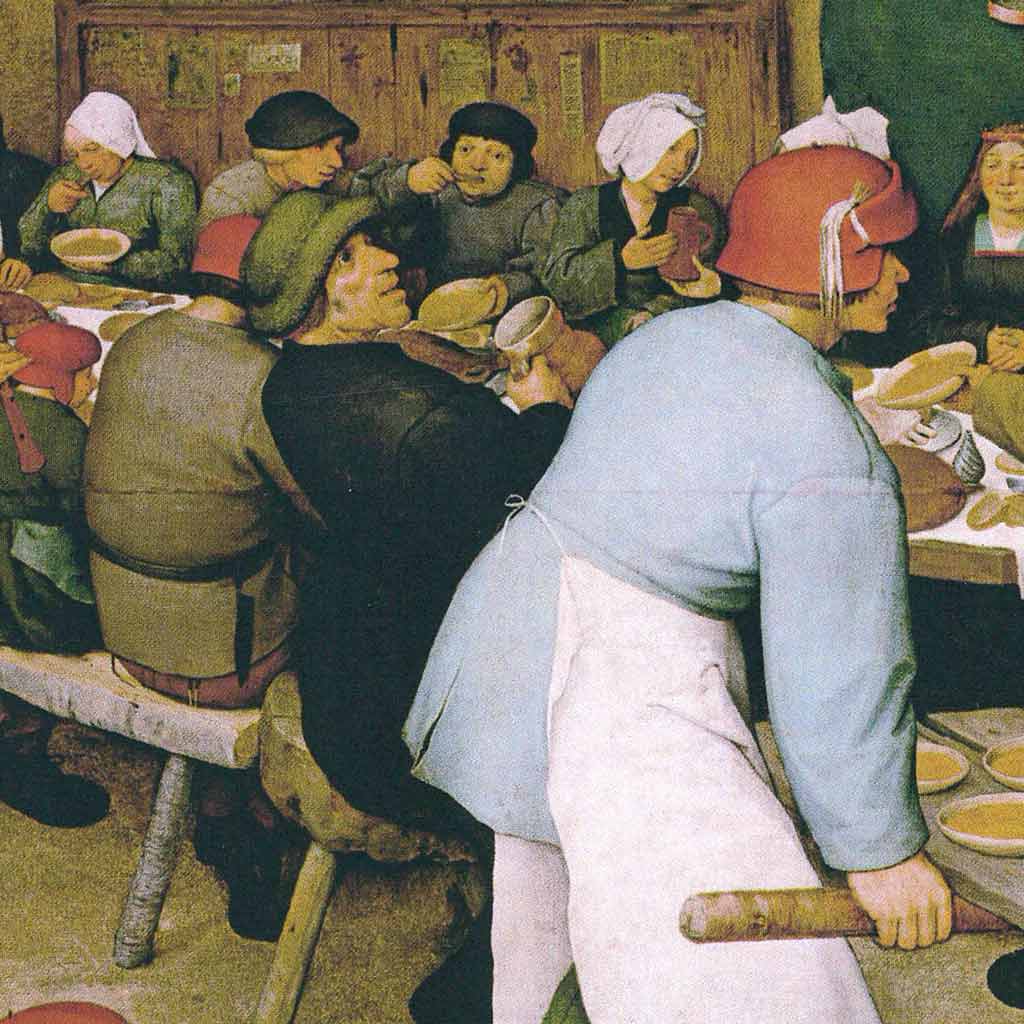
Fig.12 A fragment of the container with HWM on canvas, after printing and photographic. Binary HWM size 128x128 pixels, a spatial carrier k1=170 ==> 3.92[1/mm], the amplification factor of b=450.
Resolution of 600dpi, 100% size, the "wave" of the hologram is not visible.
.jpg)
Fig.13a,b The implementation of the recovery HWM from picture-container for Fig.11 and Fig.12. The coordinates of the sample from the container is arbitrary.
Fig.13S shows the result of additive processing: generating implementations Fig.13a and Fig.13b.
Light spot due to the harmonic texture of the canvas.
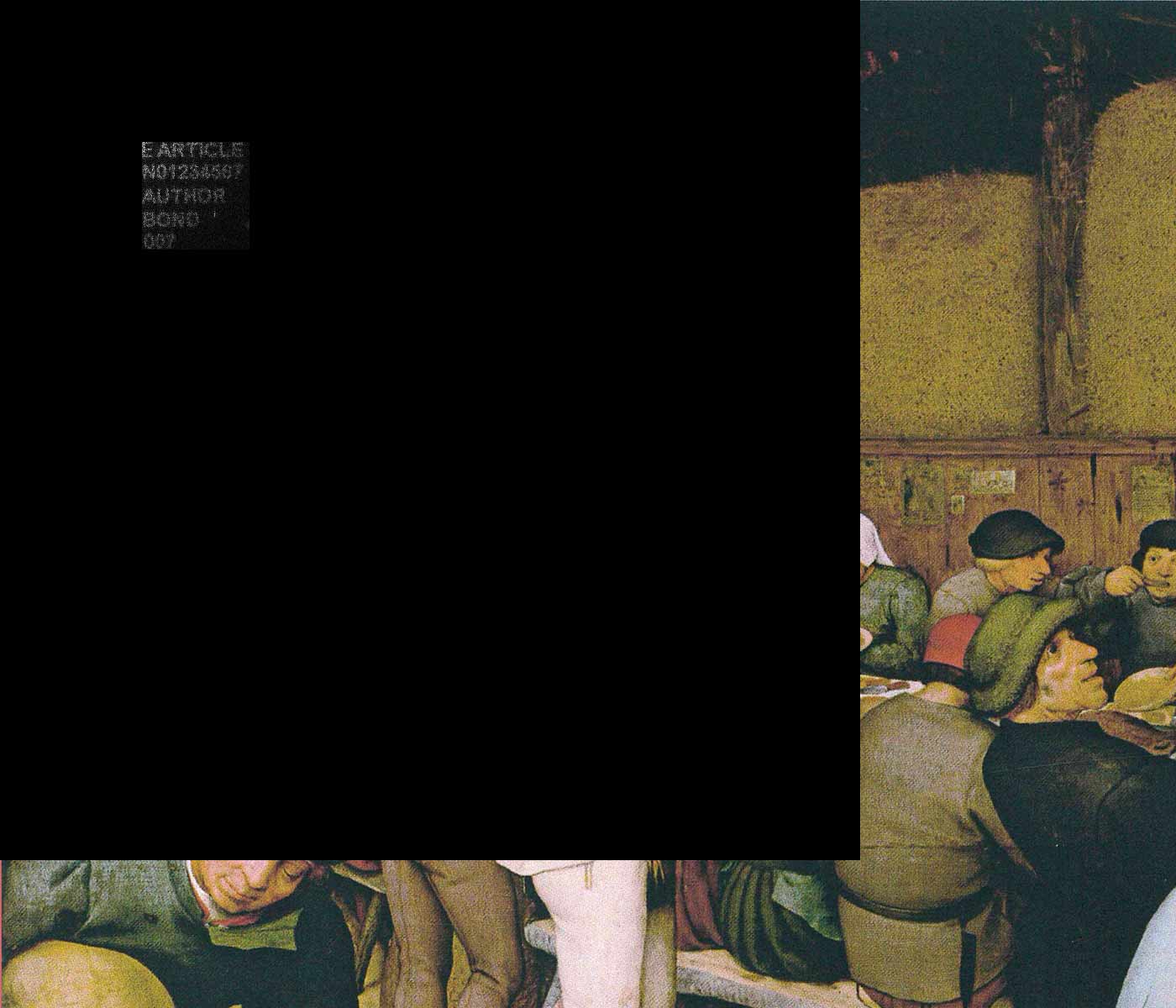
Fig.14 An example of the recovery of HWM from the full images container. Binary HWM size 128x128 pixels, a spatial carrier k1=170 ==> 3.92[1/mm], the amplification factor of b=450.
-----------The results of the experiments with a low density of discrete samples, when photographic, dpi 300-----------
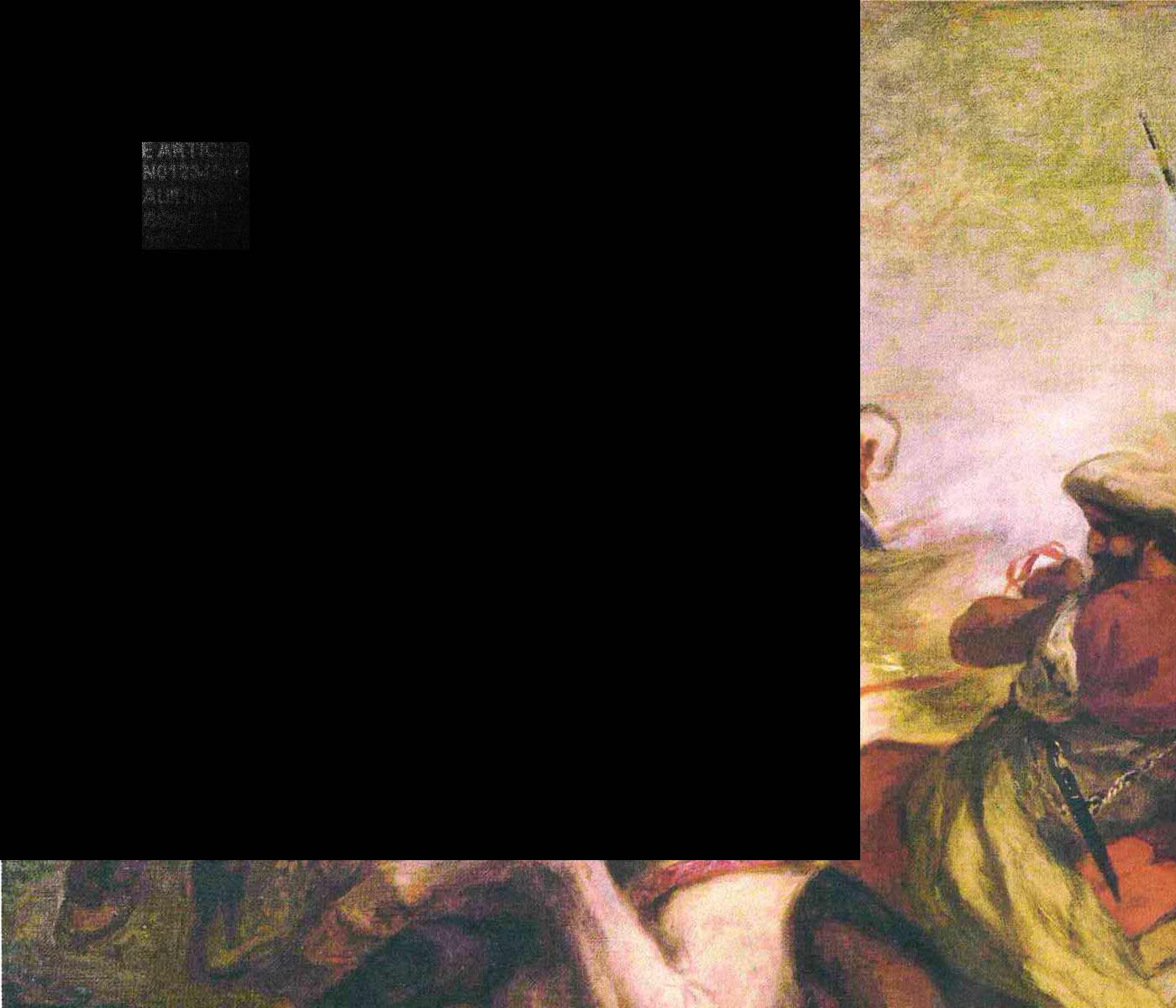
Fig.15 The result of the restoration of HWM in the processing of full images container (2539x2047 pixels). Binary HWM size 128x128 pixels, a spatial carrier k1=170 ==> 3.92[1/mm], the amplification factor of b=450.
Optical resolution source file for the print dpi=300, with photographic as well dpi=300. Low density sampling acts as a low cut filter, MTF of photographic "crushes" signal HWM at high frequencies.

Fig.16 A random fragment (1024x1024) container with HWM on canvas, after printing and photographic. Binary HWM size 128x128 pixels, a spatial carrier k1=170 ==> 3.92[1/mm], the amplification factor of b=450.
Resolution 300dpi, scale 100%.
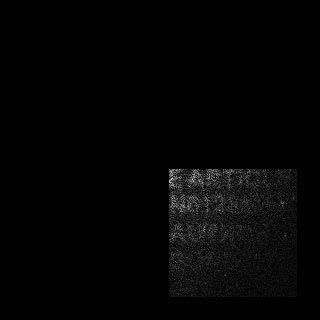
Fig.17 The result of the restoration of the BCR fragment for Fig.16.
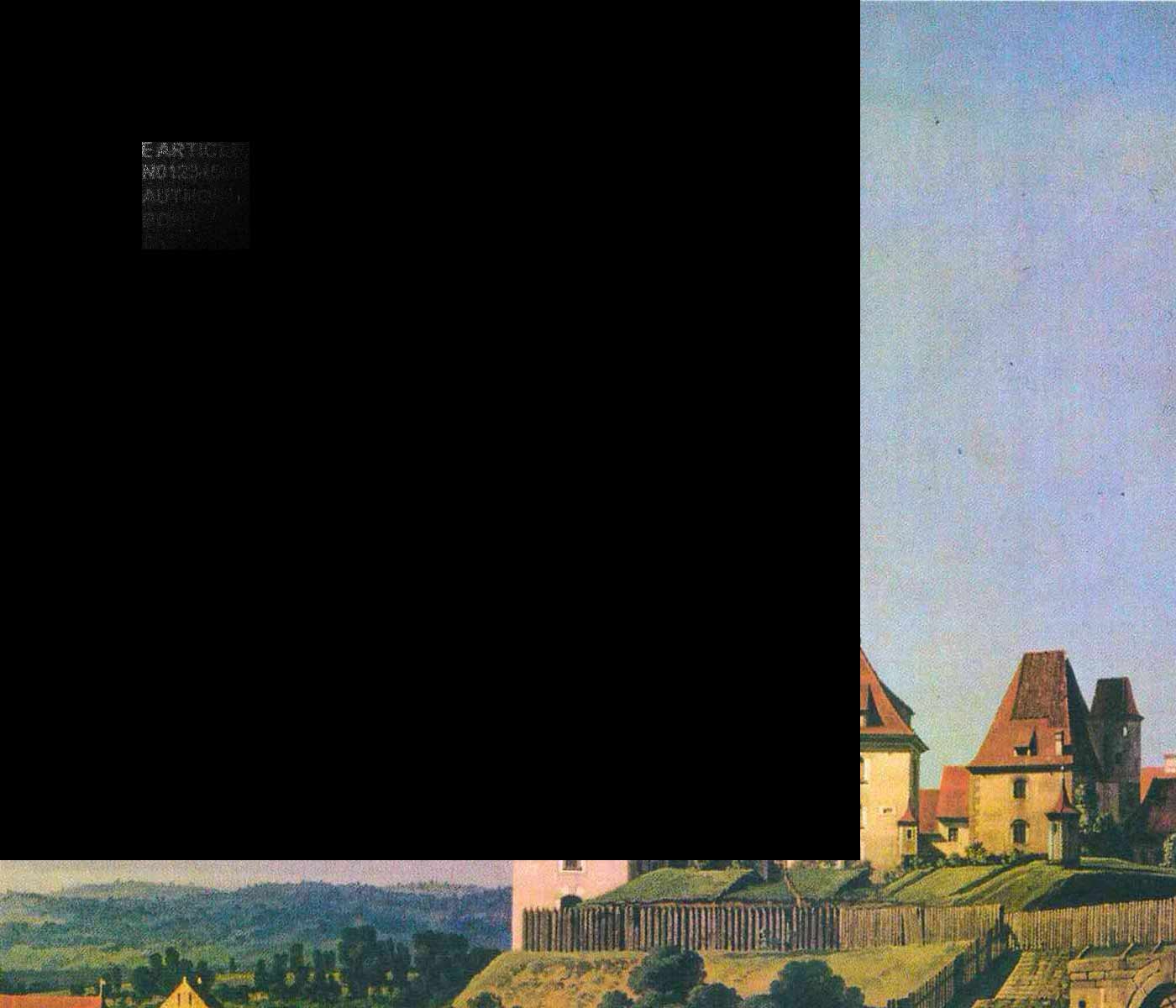
Fig.18 The result of the restoration of HWM in the processing of full images container (2070x2047 pixels). Binary HWM size 128x128 pixels, a spatial carrier k1=170 ==> 3.92[1/mm], the amplification factor of b=450.
Optical resolution source file for the print dpi=300, with photographic dpi=300. Low density sampling acts as a low cut filter, FPM of photographic "crushes" signal HWM at high frequencies.

Fig.19 A random fragment (1024x1024) container with HWM on canvas, after printing and photographic. Binary HWM size 128x128 pixels, a spatial carrier k1=170 ==> 3.92[1/mm], the amplification factor of b=450.
Resolution 300dpi, scale 100%.
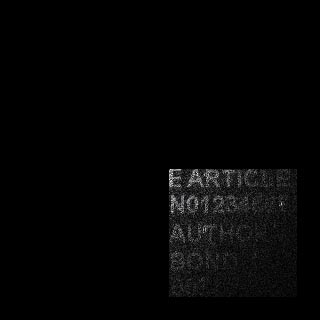
Fig.20 The result of the restoration of the HWM fragment for Fig.19.
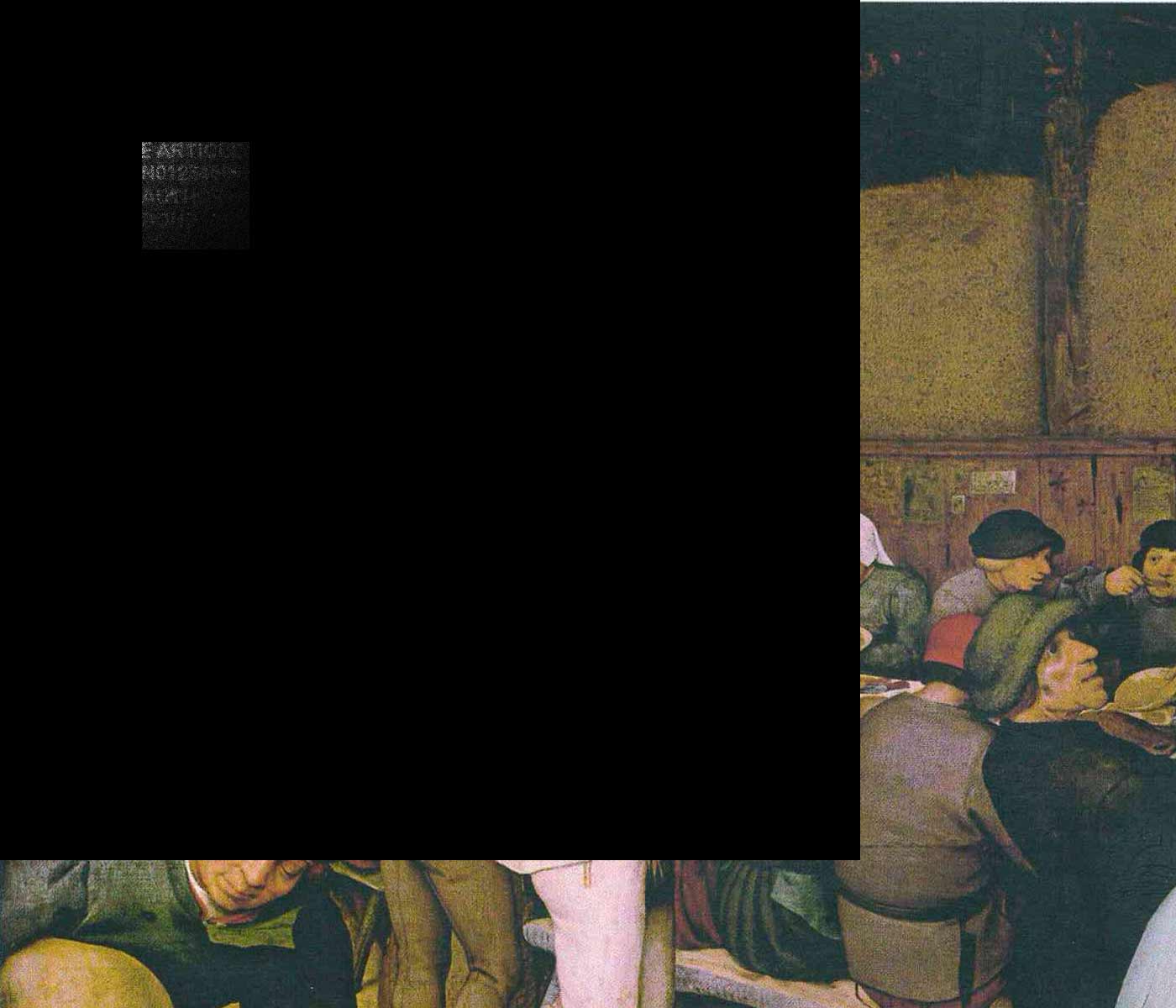
Fig.21 The result of the restoration of HWM in the processing of full images container (2962x2047 pixels). Binary HWM size 128x128 pixels, a spatial carrier k1=170 ==> 3.92[1/mm], the amplification factor of b=450.
Optical resolution source file for the print dpi=300, with photographic dpi=300. Low density sampling acts as a low cut filter, MTF of photographic "crushes" signal HWM at high frequencies.
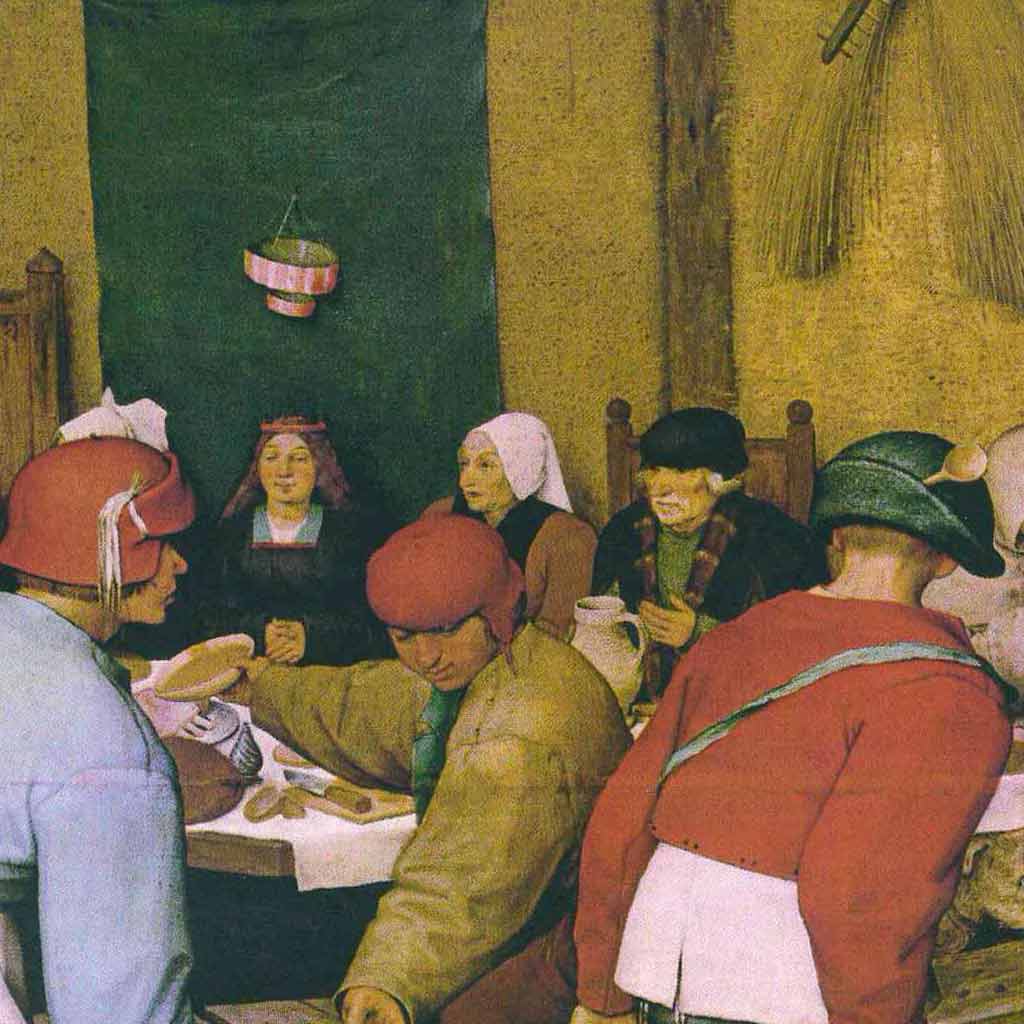
Fig.22 A random fragment (1024x1024) container with HWM on canvas, after printing and photographic. Binary HWM size 128x128 pixels, a spatial carrier k1=170 ==> 3.92[1/mm], the amplification factor of b=450.
Resolution 300dpi, scale 100%.
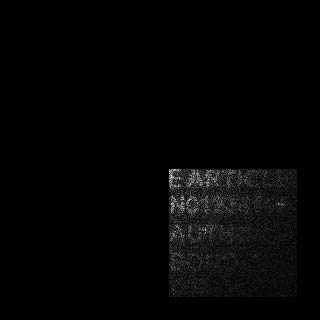
Fig.23 The result of the restoration of the HWM fragment for Fig.22.
-----------The results of the experiments with a higher density of discrete samples, when photographic, 1200 dpi-----------

Fig.24 A fragment of a photographic scan HWM given the size of the container in pixels 2539x2047 that was specified when embedding HWM.
the total size of the scan 9936x7968 pixels. The "wave" of the hologram is not visible. Error relationship of the parties amounted to ~0.54% led to an increase in scale.
zoom causes displacement of the carrier recovered in the HWM in the low frequency region (http://www.smirnov.sp.ru/watermark/distors/).
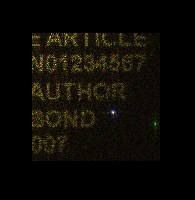
Fig.25 The result of the restoration of HWM in the processing of full images container (2539x2047 pixels). Size binary HWM 128x128 pixels, spatial the
carrier k1=170 ==> 3.92[1/mm], the amplification factor of b=450. The optical resolution of the source file for the print dpi=300, with photographic dpi=1200.
the shifting of the carrier has been cutting part of the HWM. The value of the spatial carrier k1 when you restore HWM is set at an equal value when embedding HWM. Broken color addition when you restore the HWM in the red area (see Fig.26a).

Fig.26 The result of the restoration (left) HWM in the processing of full images container in gray scale, 2539x2047 pixels.
The result of the restoration (right) in the HWM during the processing of a fragment of the image container in the fashion of gray scale, 1024x1024 pixel.
Binary HWM size of 128x128 pixels. To eliminate cutting HWM, the spatial carrier posteriori chosen to be k1=164 ==> 3.78[1/mm], instead of the value k1=170, which was set when embedding HWM. The coefficient b=450.
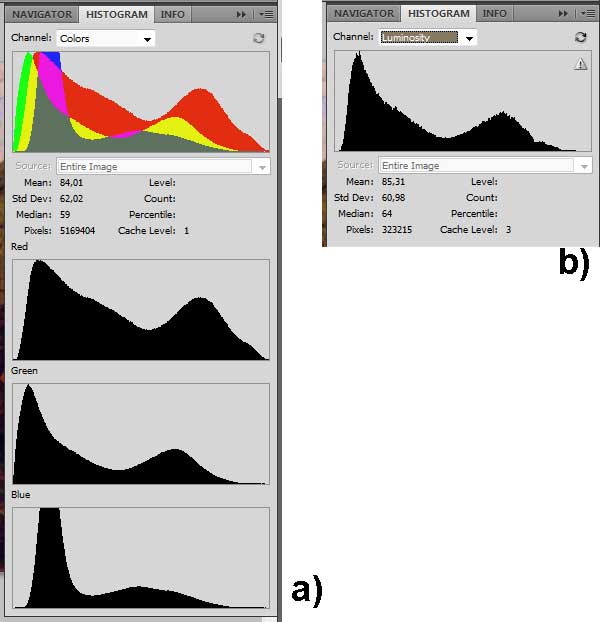
Fig.27a The histogram of a color scan of the container with the decomposition into the channels red, green, blue. On Fig.27b histogram gray scale scan of the container.
dominated the red channel that broke the addition of color when you recover from the HWM Fig.24.
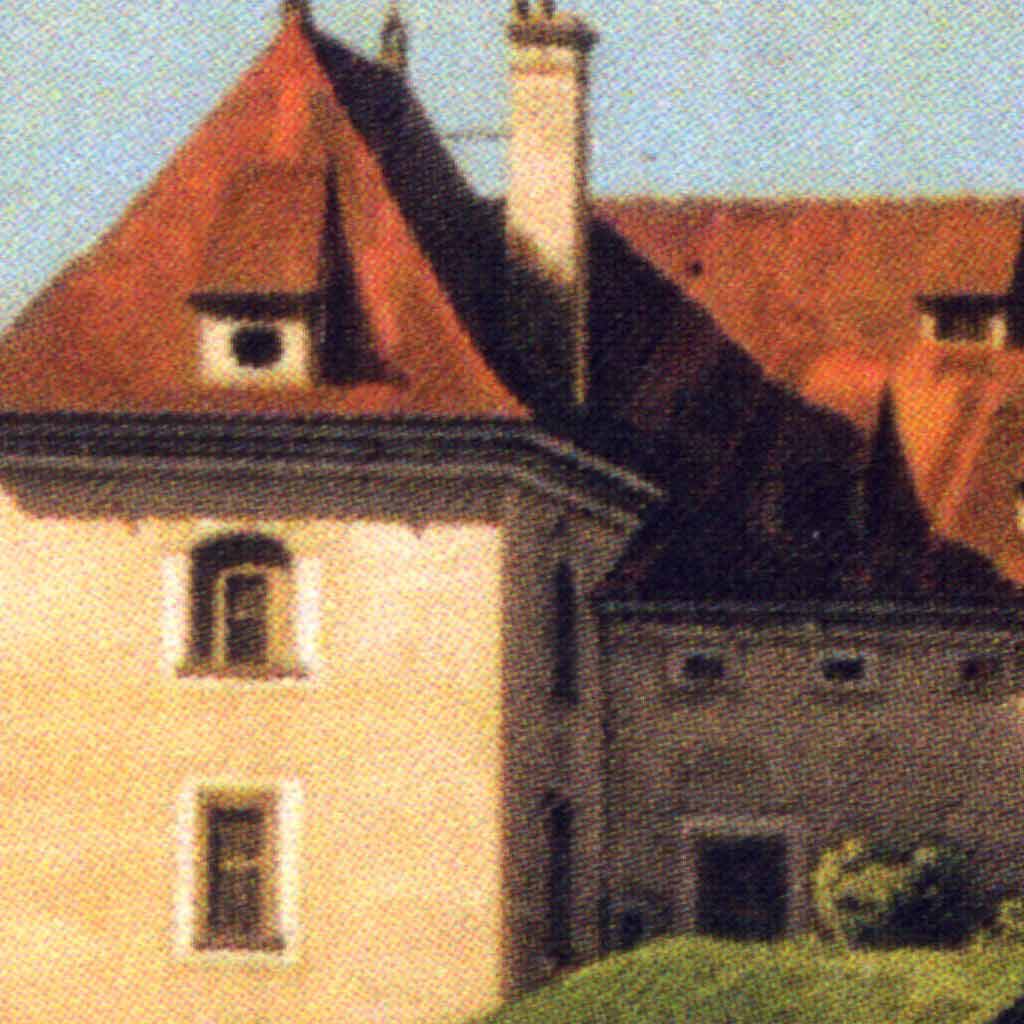
Fig.28 A fragment of a photographic scan of HWM with dpi=1200. The initial size of the container 8064x7968 pixels. The "wave" of the hologram is not visible.

Fig.29 The result a) recovery of the HWM in the processing of full images-container Fig.28. Spatial carrier when restoring k1=170. The coefficient b=450. On Fig.29b the result of the restoration of HWM when the value of the spatial carrier k1=164. On Fig.29c the result of the restoration of the fragment of the HWM in fashion 1024 x 1024 gray scale when the value of the spatial carrier k1=164.
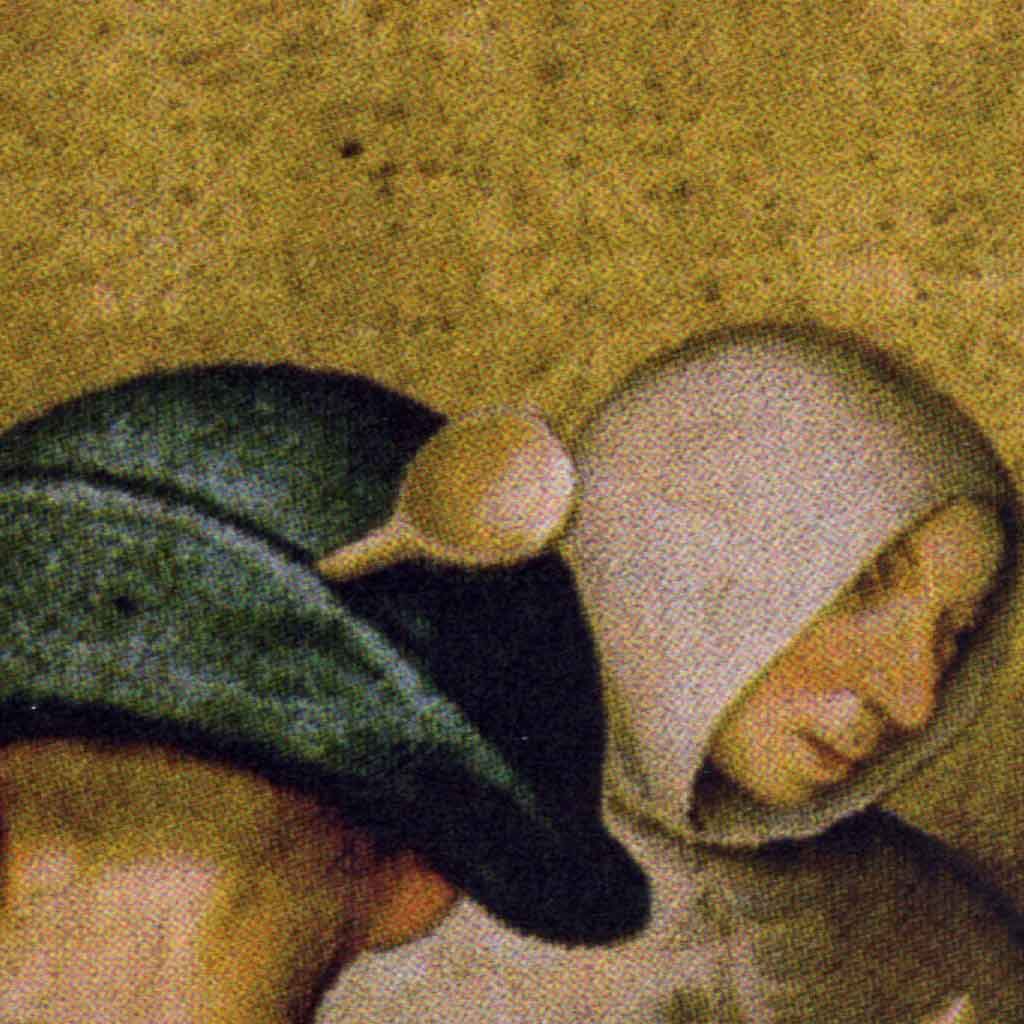
Fig.30 A fragment of a photographic scan of HWM with dpi=1200. The initial size of the container 11664x7991 pixels. The "wave" of the hologram is not visible.

Fig.31 The result a) recovery of the HWM in the processing of full images-container Fig.30.
Spatial carrier when restoring k1=170. The coefficient b=450. On Fig.31b the result of the restoration of HWM when the value of the spatial carrier k1=164. On Fig.31c the result of the restoration of the fragment of the HWM in fashion 1024 x 1024 gray scale (Fig.32) the value of the spatial carrier k1=164.
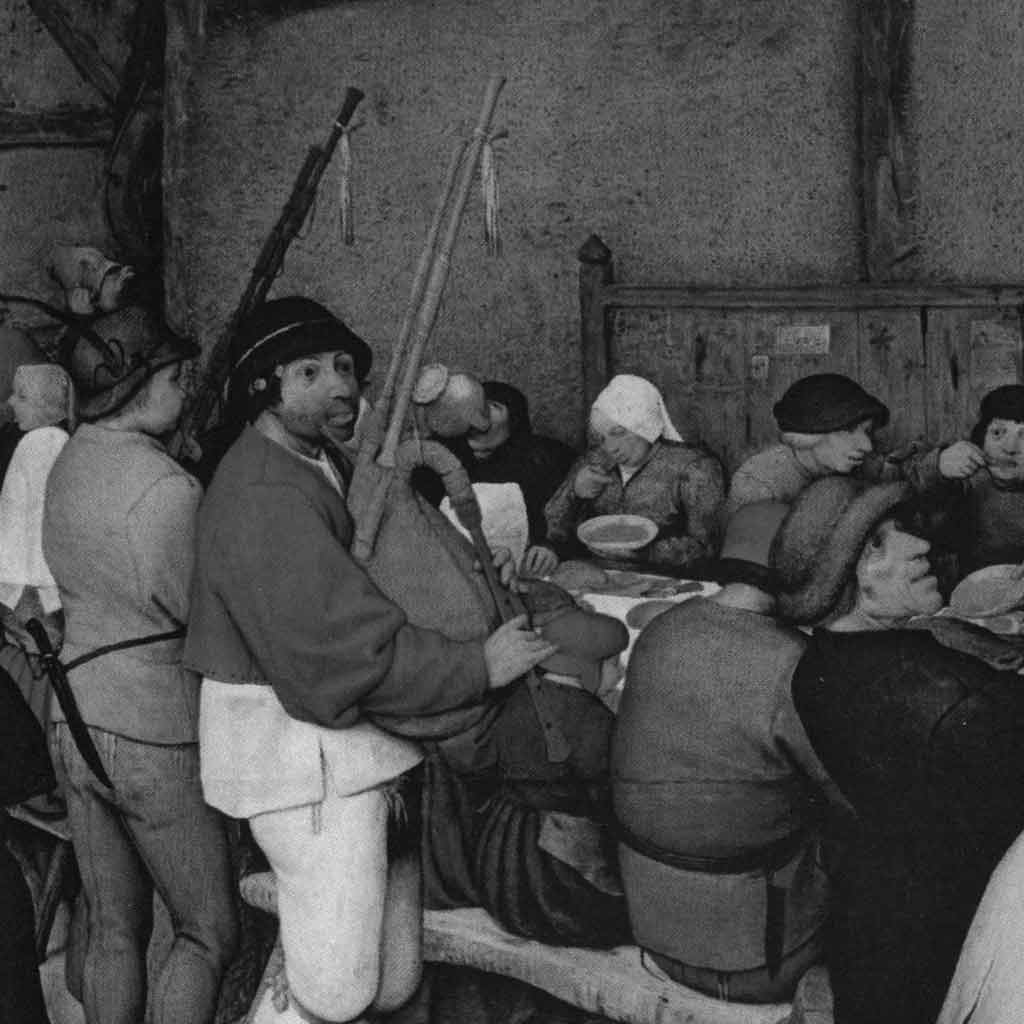
Fig.32 Фрагмент Fig.30 фотографического скана с СВЗ в моде в gray scale.